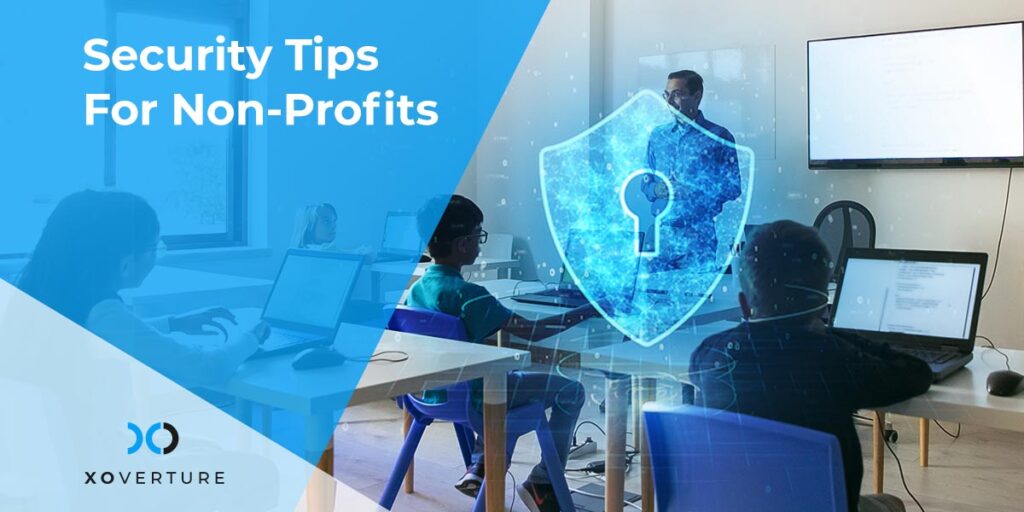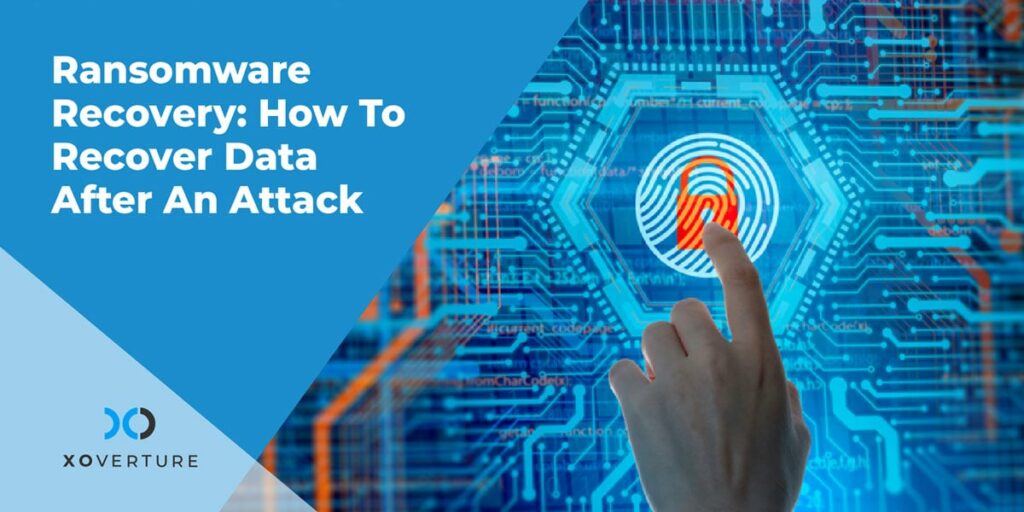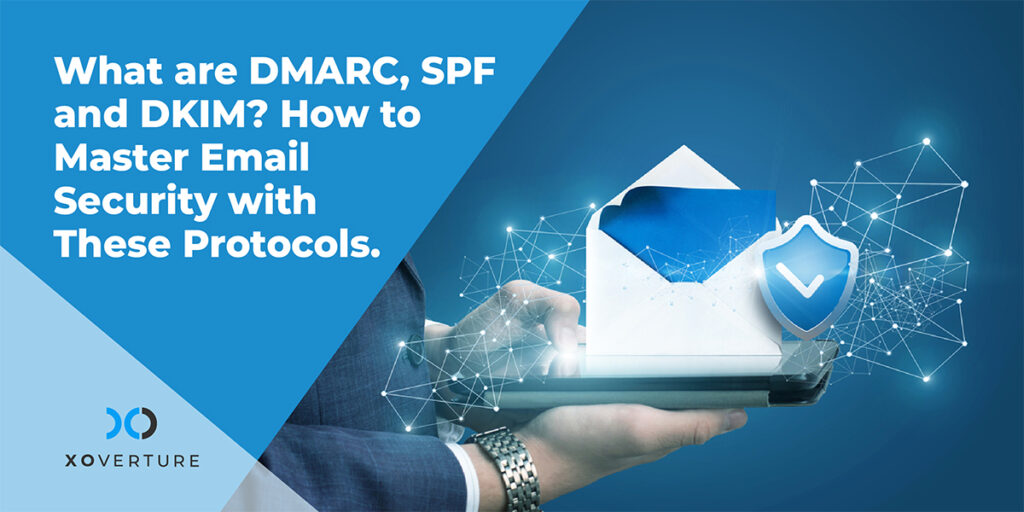Just like any other business cybersecurity has become an important issue for nonprofit organizations. Regrettably, a lot of nonprofit organizations are not well-equipped to handle online dangers. In reality, during the past decade, there has been a sharp increase in the number of attacks against these organizations.
Many nonprofits lack the technology and expertise needed to safeguard themselves. In this blog, we will be giving security tips to help nonprofits keep their organization safe.
Follow Password Best Practices
This includes requiring all employees to come up with unpredictable passwords made of a mix of numbers, letters, and special characters. You should also mandate employees to change them regularly (90 days or less).
Ensure Data Backups For All Systems
Make sure to make several copies of your crucial data in case one is compromised. So that you can quickly restore it. Onsite and offsite backups, including those in the cloud, are examples of this. This way, your mission is protected from any damage that a cyberattack can cause.
Enquire about backup methods and check the documentation to determine whether you can also obtain a copy of your data on a regular basis if you use third-party databases and services.
Dispose Old Tech Responsibly
Not every nonprofit has immediate access to the latest technology, but when you do, be sure you do not replace your current setup in a haste. Think of disposing of old tech as selling your personal laptop or phone. You wouldn’t leave sensitive data, passwords, or contacts for anyone to see. Rather delete all information and set it back to factory settings. Because in the end, you don’t know who will access your devices and all the info on there.
Therefore, you want to make sure that you have completely erased the data from the hardware before your company eventually has the chance to replace it. Additionally, you must keep it in one of the numerous backups that your business maintains. Then you can properly dispose it.
Stay Up-To-Date
Update your operating system and software frequently. One of the best things you can do is reduce system vulnerabilities that hackers can identify and take advantage of. Install all monthly security updates that are available. Because outdated software does not receive security patches or support, making your organization vulnerable.
Restrict Access
Who gets access to your data, particularly the most important or sensitive information? Is this information available remotely? Access must be restricted to prevent accidents caused by the social engineering techniques employed by hackers. Furthermore, you don’t want this data to be copied onto removable storage devices like CDs, flash drives, or USB keys because they could be misplaced, copied, or stolen. Access should only be granted to a small group of people, and passwords should be reset frequently.
Move To The Cloud
It is evident that developing and implementing strong cybersecurity and data protection compliance is difficult for nonprofits in many ways. However, there are no quick fixes. There are many cases where cloud computing has supported organizations in achieving their cybersecurity and privacy objectives. Here are a few:
- Focusing Resources – Cloud computing can enable nonprofits to spend more of their time and resources on their core missions by allowing organizations to pay only for the computing resources they actually use.
- Simplified Governance – Cloud computing eases the pressure on nonprofits to install, maintain, and upgrade hardware and software because applications and services are hosted in data centers that are run and maintained by the cloud service provider.
- Security – The cloud also offers nonprofit organizations an immediate step change in security without a big up-front cost, which is perhaps the most significant benefit. This is beneficial for both data protection compliance and cybersecurity.
Final word
To identify the critical areas that need protection and determine investment priorities, it may be worthwhile to conduct a risk assessment test. Running a test or assessment may cost money initially, but identifying and then defending weak areas is a significant step in the right direction. XO can help you with running an assessment as well as providing the right services to keep your nonprofit safe. You can contact us here.




